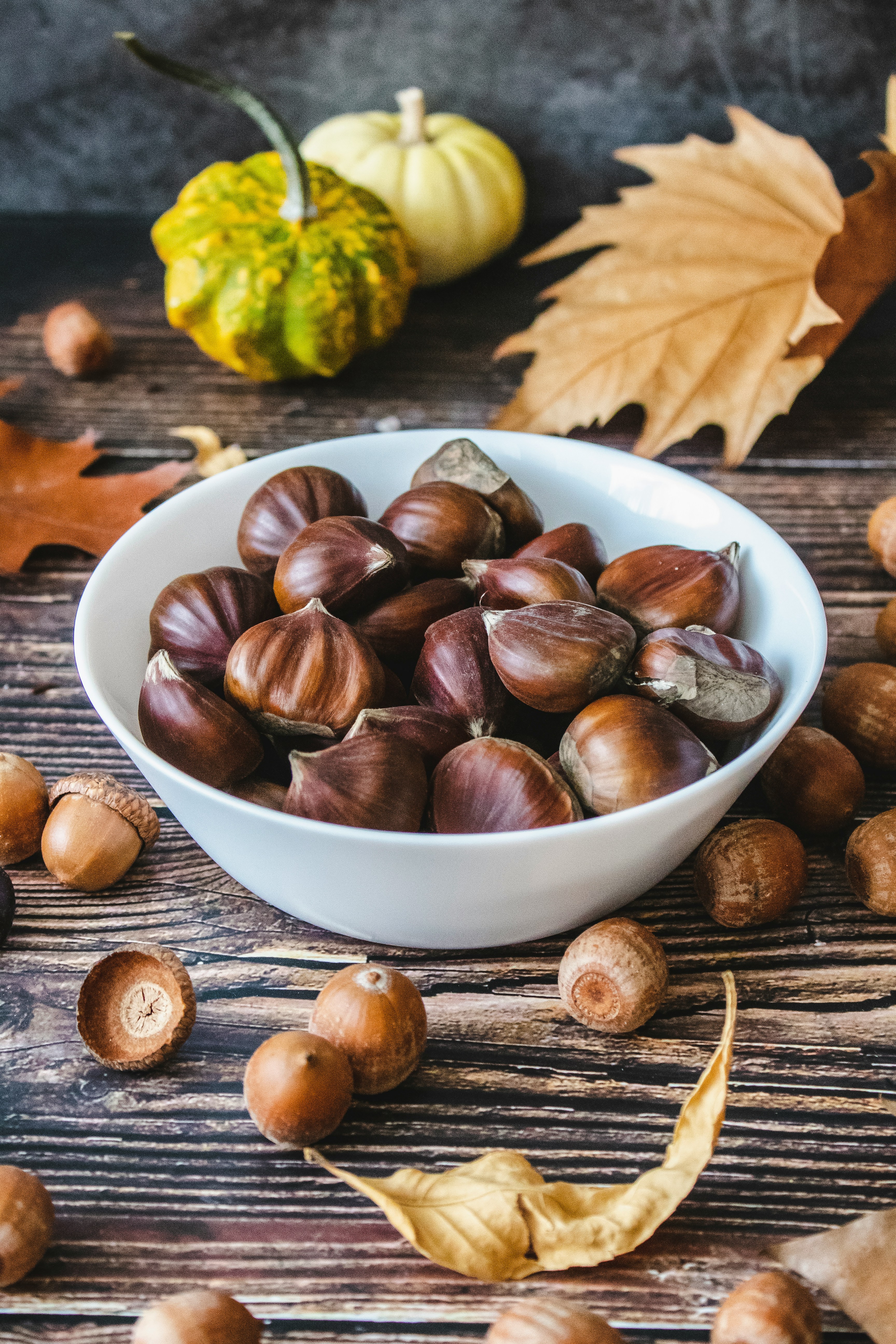When the chill of winter sets in, certain traditions bring warmth and nostalgia to households worldwide. Among them is the iconic image of chestnuts roasting on an open fire, a seasonal ritual that evokes the cozy charm of the holiday season. This beloved tradition, steeped in history and culture, continues to find its way into modern kitchens and hearts.
A nutty history

Chestnuts, the edible seeds of the Castanea tree, have been cultivated for thousands of years. Native to regions of Asia, Europe and North America, they were once a staple food, ground into flour for bread and porridge. Over time, chestnuts transitioned from everyday sustenance to a delicacy, often associated with winter and festive occasions.
Their link to the holiday season is largely cultural, immortalized by the classic Christmas tune, “The Christmas Song,” with its opening line, “Chestnuts roasting on an open fire.” Beyond the romanticized image, the tradition of roasting chestnuts is practical: winter is chestnut harvest season, making them a fresh and accessible treat.
Roasting chestnuts: a simple pleasure
The allure of roasted chestnuts lies in their warm, earthy flavor and soft, slightly sweet texture. Preparing them is straightforward, yet it demands a touch of patience and care.
Recipe: Roasted Chestnuts
Ingredients:
- 1 pound of fresh chestnuts
- A pinch of salt (optional)
Instructions:
- Prepare the chestnuts: Using a sharp knife, score an “X” on the flat side of each chestnut. This prevents them from exploding during roasting and makes peeling easier.
- Roast: Place the scored chestnuts on a baking sheet, cut side up, and roast them in a preheated oven at 425 degrees for about 20 to 25 minutes. For a more traditional approach, use a perforated chestnut pan over an open flame, shaking occasionally.
- Cool and peel: Once roasted, wrap the chestnuts in a clean kitchen towel for five minutes to steam. This step softens the shells, making peeling easier.
- Enjoy: Serve warm with a sprinkle of salt, if desired.
The result is a toasty, fragrant snack perfect for winter evenings.
A versatile ingredient

While roasting chestnuts remains the most popular method of preparation, they can be incorporated into various recipes. From stuffing to soups and desserts, their versatility adds a nutty depth to both savory and sweet dishes.
For those seeking a twist on tradition, chestnut puree is a delightful option. It can be served as a side dish, a filling for pastries or a spread for bread.
Recipe: Chestnut Puree with Maple Syrup
Ingredients:
- 1 pound of chestnuts, roasted and peeled
- 1 cup of milk
- 2 tablespoons of butter
- 2 tablespoons of maple syrup
- A pinch of salt
Instructions:
- Prepare the chestnuts: If starting with fresh chestnuts, roast and peel them using the instructions above. Alternatively, use pre-roasted chestnuts available in stores.
- Cook: In a saucepan, combine the chestnuts, milk and salt. Simmer over medium heat for 15 minutes, stirring occasionally, until the chestnuts are tender.
- Blend: Transfer the mixture to a blender or food processor, adding the butter and maple syrup. Blend until smooth and creamy.
- Serve: Serve warm as a side dish, or let it cool and use it as a filling or spread.
The maple syrup enhances the natural sweetness of the chestnuts, making this dish a versatile addition to any meal.
Chestnuts in modern winter celebrations
The enduring appeal of chestnuts lies in their ability to bridge tradition and innovation. While their preparation has evolved, their essence remains the same—a simple, wholesome pleasure that connects us to the season.
Chestnuts also hold environmental significance. As an agroforestry crop, they promote sustainable farming practices, providing both food and ecological benefits. The resurgence of interest in chestnut farming, particularly in the U.S., reflects a growing appreciation for their culinary and environmental value.
In cities worldwide, street vendors selling roasted chestnuts are a quintessential winter scene. The smell wafting through cold air is enough to draw passersby to pause, purchase and partake in this timeless treat.
Chestnuts, with their rich history and versatile uses, embody the warmth and togetherness of winter. Whether roasted by a fire or blended into a creamy puree, they remind us of the joys of simple, seasonal traditions. As the holidays approach, consider embracing this age-old custom, filling your home with the aroma and taste of chestnuts—a true celebration of winter.



































